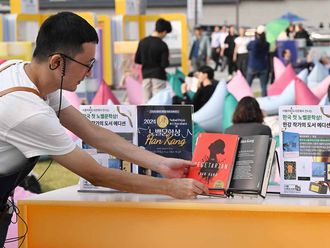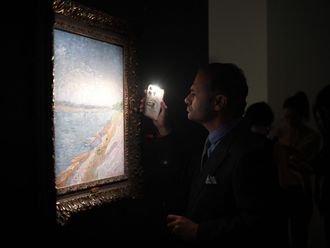
It takes conviction and courage to adapt an iconic Bollywood film such as director K Asif’s ‘Mughal-E-Azam’ in a Broadway musical format. But award-winning director Feroz Abbas Khan, powered by his oath to remain faithful to the original, was up to the task. His musical is a homage to the original film, says Khan.
As he gears up to stage his musical ‘Mughal-E-Azam’ at Dubai Opera this weekend, Gulf News tabloid! brings you the top 10 things to know about it.
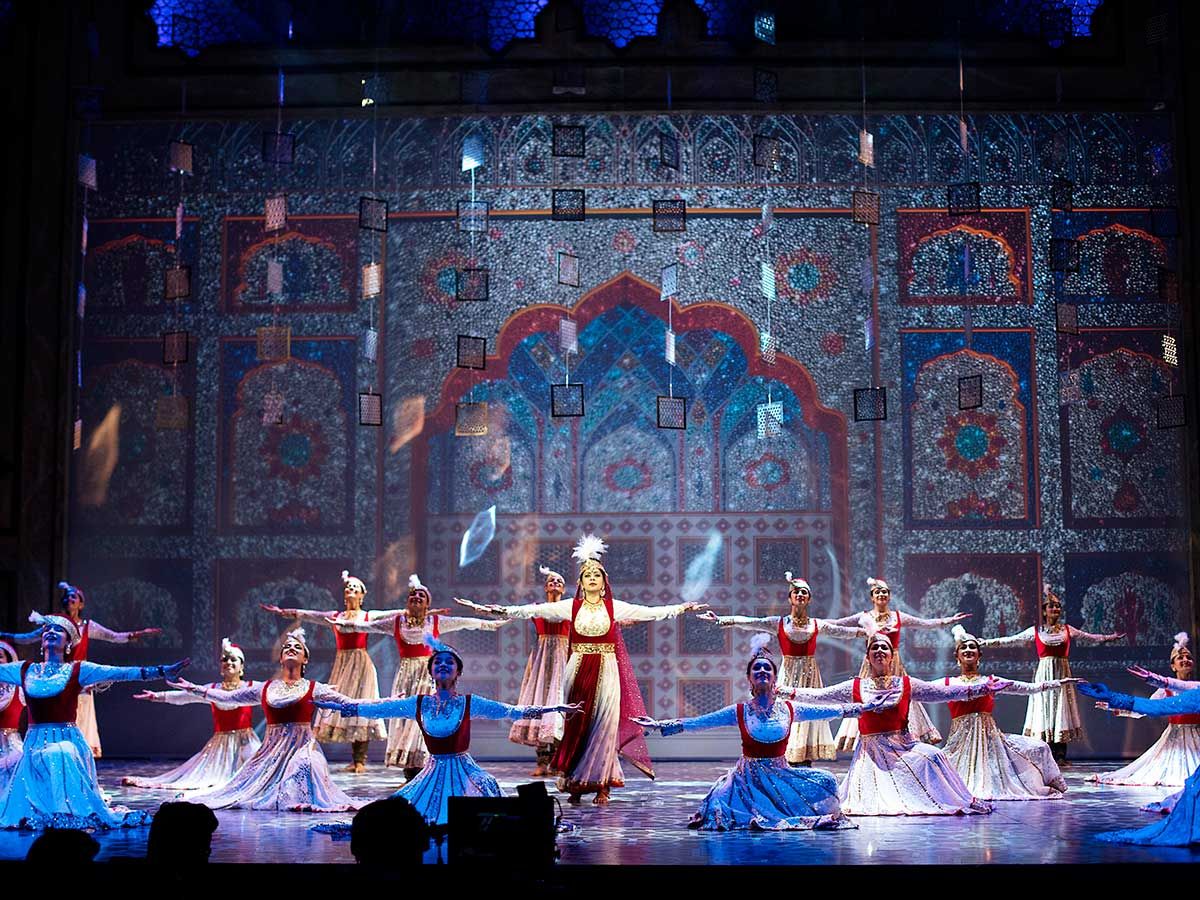
1. The Broadway-style musical to be staged at the Dubai Opera from January 10 to 12 is based on Bollywood’s 1960 sweeping romance ‘Mughal-E-Azam’, directed by K Asif.
Starring the supremely gorgeous pair Dilip Kumar and Madhubala, the movie chronicled the story of the Mughal Prince Salim (Kumar) who falls in love with Anarkali, a court dancer beneath his station. Salim faces resistance from his father, the mighty emperor Akbar, who disapproves of their relationship and makes it a point to obliterate their union. The movie taught a generation of movie-mad Indians about love in the time of class barriers and social divides.
2. Altering a classic Bollywood love story that has stood the test of time may appear sacrilegious. However, director Feroz Abbas Khan, who has spearheaded plays such as ‘Tumhari Amrita’ and ‘Dinner With Friends’, was confident about pulling it off. In an interview in April last year, he claimed that his musical was a tribute to the original.
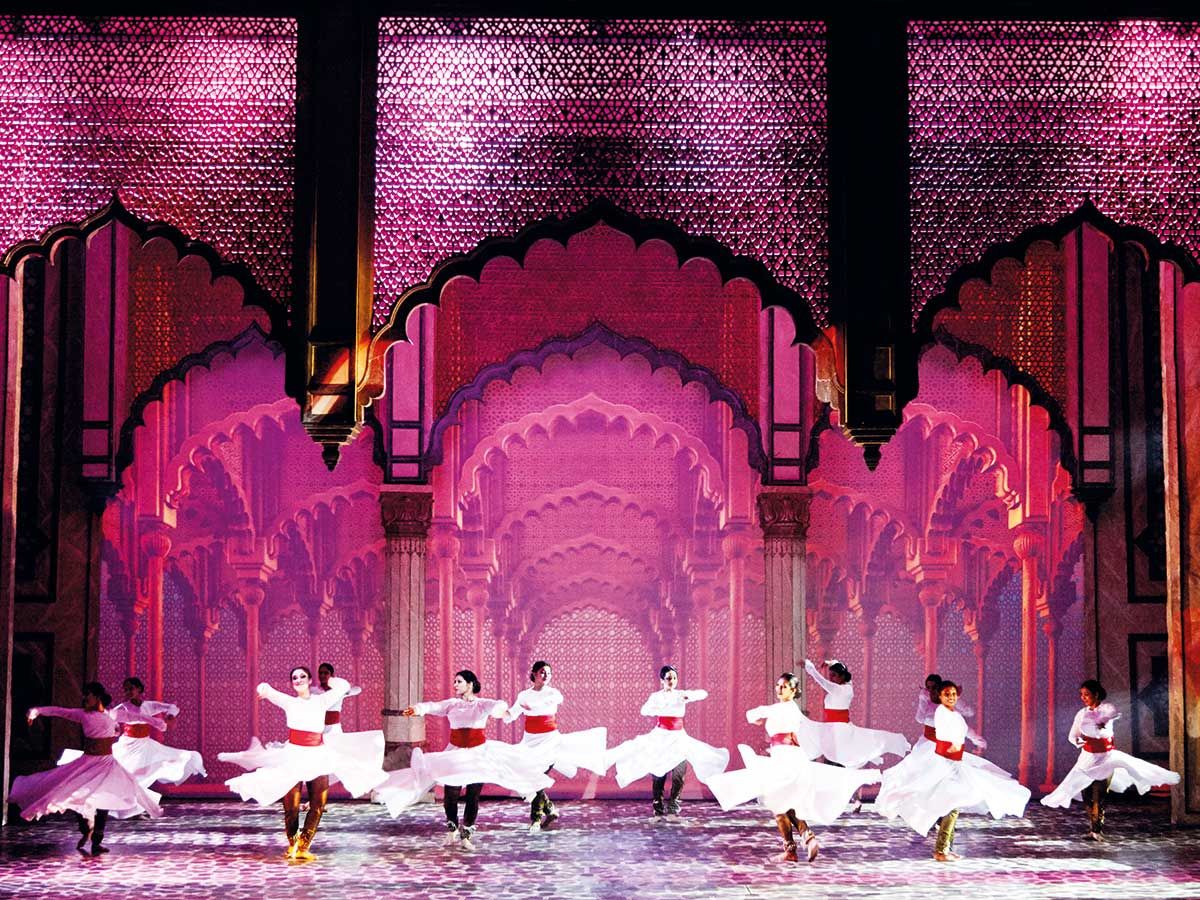
“While the scale remains intact, the aesthetics are more contemporary… It’s a live production with live singing and [is] choreographed to reflect the beat and energy of today’s times… I have retained the important memories of the film,” Khan said.
“‘Mughal-E-Azam’ is a world-class production from India where you will see the finest quality of work. This production has been blessed with some of the most extraordinary artists who have been true collaborators here... In many ways, it’s a turning point for Indian theatre,” he added.
When you see my play, you will find new things in it...
3. The musical has been choreographed by Mayuri Upadhaya, while Bollywood designer Manish Malhotra has designed the costumes for Khan’s musical. The period details, the colours and the forms are likely to transport you to the Mughal era.
“550 costumes have been painstakingly designed by Manish Malhotra... The cast and crew travels with team of 150 and with intricate sets weighing 10,000kg,” said Khan in an e-mail.
4. The birth of this musical was triggered when a colourised version of ‘Mughal-E-Azam’ released in 2004.
“During that time, Farooq [Shaikh, the late Bollywood actor from Khan’s ‘Tumhari Amrita’] and I were on a trip to stage our play ‘Tumhari Amrita’. Both had reservations about watching it in colour because our memories were so sacrosanct and fixed with the black and white film. We thought the coloured version is going to violate that. But the colourised version gave me a different perspective.
Two or three things struck: I thought it was the most perfect screenplay ever written in this history of Indian cinema. ‘Mughal-E-Azam’ is a piece of literature when it comes to writing. What was interesting was also that I felt it had a theatrical structure which could even be a play. But I also knew that people’s memories are linked to the movie. ‘Mughal-E-Azam gave people the vocabulary to express their love for that generation,” said Khan.
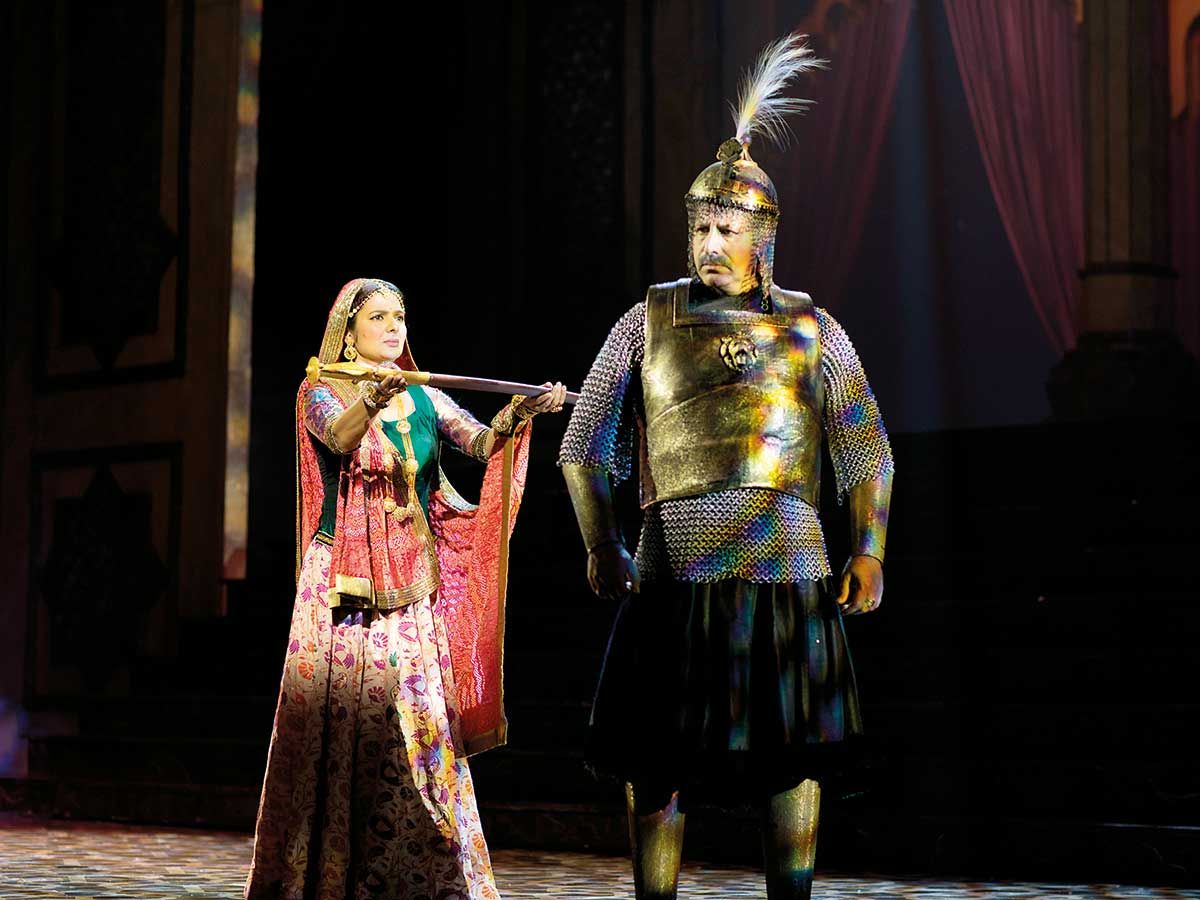
5. While the process of re-imagining ‘Mughal-E-Azam’ was exhilarating, the director had to face several challenges. While it took film director K Asif 10 years to make his film, Khan had to do it all in two and a half months.
“But I thought I will challenge myself... I knew that I was being audacious and that if I took on something like ‘Mughal-E-Azam’, then the fall may be very hard and that sound of my fall will be heard far... I also realised that no matter how greatly I make it, the truth of the matter was that I was entering an area which was a minefield. I knew that if I take one wrong step, I could be blown up. Here, the mines were just too many. You have so many people who are so emotionally attached to ‘Mughal-E-Azam’, its characters and the story.”
6. This is one of the rare musicals in which the dancers aren’t lip-syncing iconic songs such as ‘Pyaar Kiya To Darna Kya’ from the film.
“Songs from the original film are performed live,” said Khan. Naturally, finding talents who could act, emote and sing in his play wasn’t easy.
“I needed an Anarkali who was beautiful, a good actress and who was an outstanding singer. Finding all of it in one person wasn’t easy. You often get one or the other. Those who came from television couldn’t handle the discipline of theatre. We had to keep changing them. Another challenge was to find someone who would support us. It was here that Shapoorji Pallonji [the original producers of ‘Mughal-E-Azam’, the film] came in. They wanted to see if we could carry the legacy forward.”

7. Feroz Abbas Khan was clear about his intentions. He wouldn’t tamper with the classic film while adapting it to stage.
“When you see my play, you will find new things in it but the classic remains the way it was. All we did was try to contextualise it in today’s times. You don’t have to change the interpretation, you can always deepen it by adding more heft and depth to it. When you take a classic like ‘Mughal-E-Azam’, you don’t have to say or prove that you are better than the classic. You are not. The original creator of ‘Mughal-E-Azam’ will always remain K Asif. What I have done is take the legacy forward and pay tribute to it.”
8. When you are adapting a classic film, it’s common for actors to be inspired by the actual performances from the film. Khan’s brief to his actors was simple.
“During the first rehearsal with my actors, I asked them to remove the sounds of the original film from their heads. When you speak those iconic dialogues, the original actors tend to enter your system. You begin to speak like them. So it was important to remove those sounds and empty themselves. I wanted them to make the text personal and intimate to them,” Khan said.
“I didn’t want their performances to be bombastic. We also cut down the length to two hours and 20 minutes [the original film was more than three hours and 15 minutes long] and made sure that it moved at a good pace. The play also has a strong female voice. At the end of the day, it was a woman in ‘Mughal-E-Azam’ who made the statement ‘Pyaar Kiya To Darna Kya’ [Why fear if you’re in love?]. Even if you look at the symbol of my poster, it is a hand of a woman with her hand in chains. It’s her sacrifice, her voice. She’s ready to die for love.”
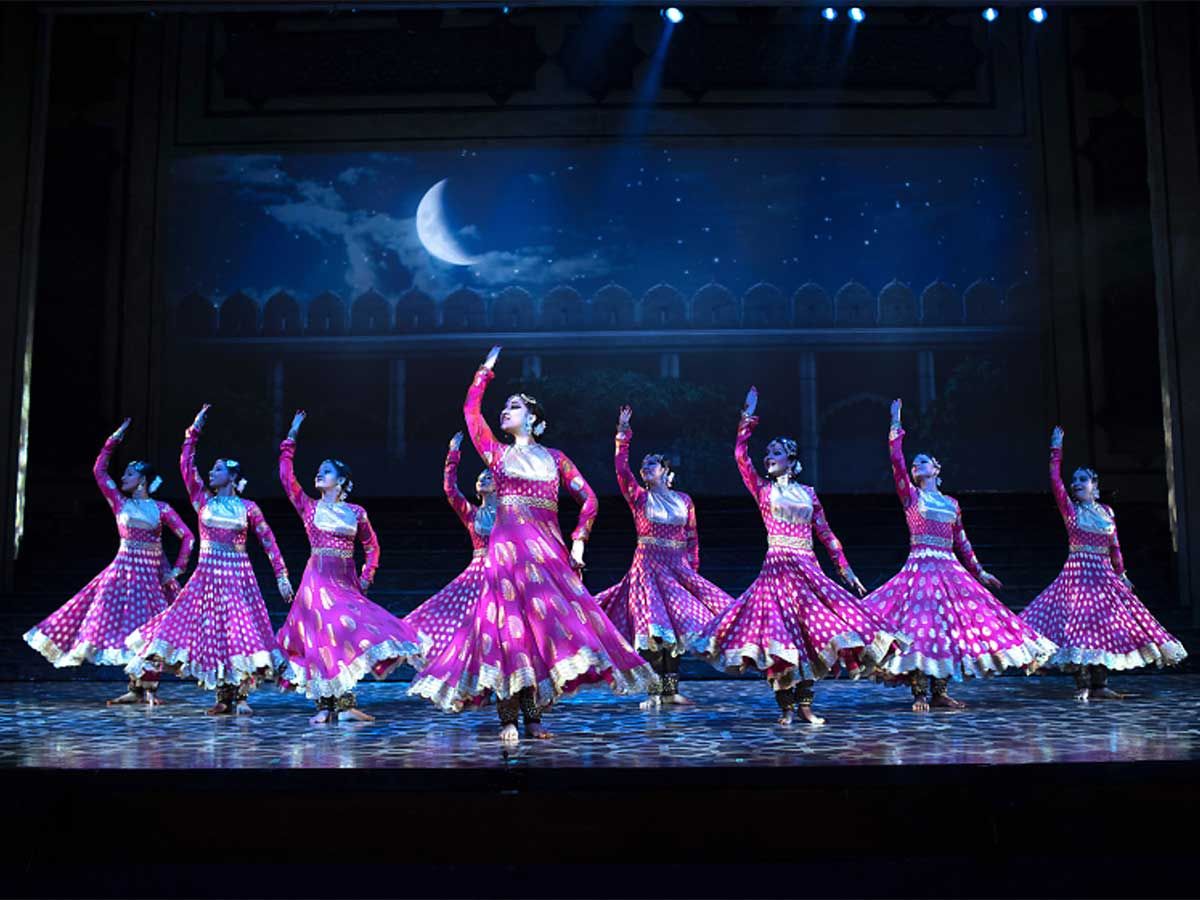
9. The show, produced by construction giant Shapoorji Pallonji, who were the original producers of the 1960 film, has travelled to cities including Mumbai, Delhi, Ahmedabad, Dubai, Kuala Lumpur and Singapore.
10. Dubai is the first city outside India where the show is being performed twice. It last came to the city in May 2018.
“The 150th performance of the play will be staged in Dubai since the launch [of the musical] two years back,” said Khan.
Don’t miss it!
‘Mughal-E-Azam’ runs at the Dubai Opera in Dubai from January 10 to 12. Tickets, starting at Dh250, are available at dubaiopera.com.




